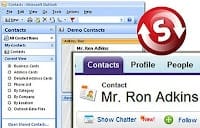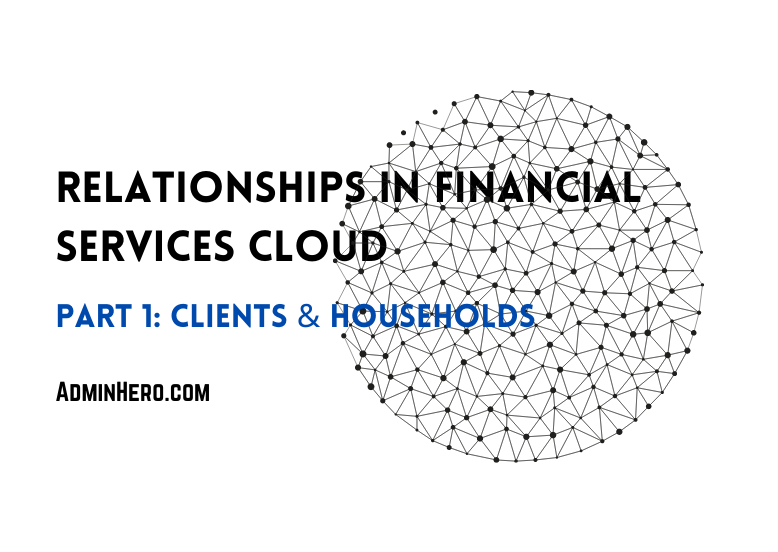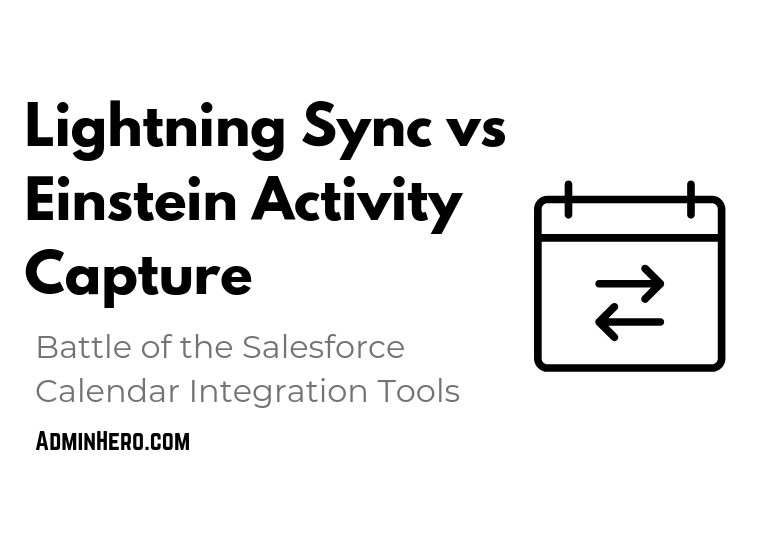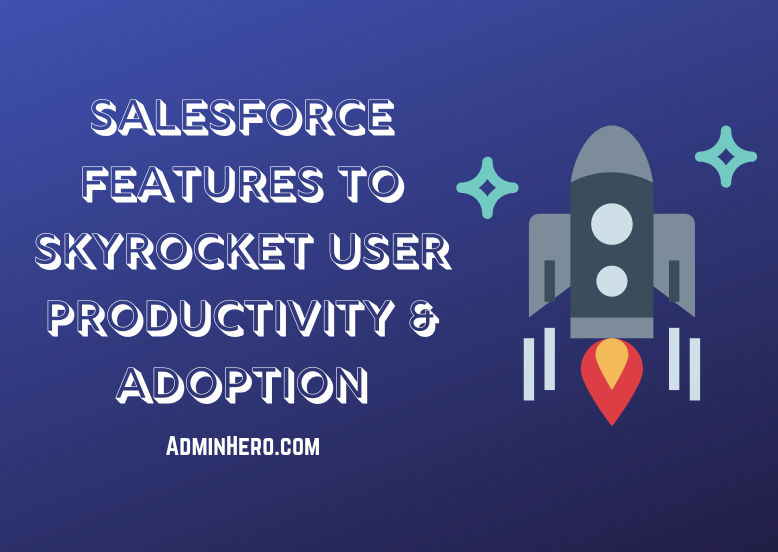Deploying Salesforce for Outlook: What I Learned

Deploying Salesforce for Outlook to your Salesforce users is no easy task! It is cumbersome, messy and sometimes a royal pain in the you know where! But, through trail and error, I have found some helpful tips and tricks to making the roll-out as smooth as possible.
Learn the ApplicationIn order to have a successful roll-out and support users who are utilizing the tool, it is important to know the application inside and out. Nuances of the installation can make the process frustrating. Knowing when to have Outlook open or closed will help tremendously to make everything run smoothly. Supporting your users over the phone can be complicated unless you know the tool inside and out. Install the tool now and learn, learn, learn!
Creating a Configuration
One of the most important pieces of the application is the configuration. It will have a major impact on the user experience. In our first attempt, our configuration allowed for a bi-directional synchronization between Salesforce and Outlook by default. With this configuration, we found many issues related to data quality in user's Outlook which ended up polluting our Salesforce database. This also caused issues for our users; creating duplicate records in Outlook and Salesforce. We took the user feedback and updated the configuration to a one way push from Salesforce to Outlook with options for users to change the direction and conflict resolution.
Test each configuration with a pilot group to understand any pitfalls. Solicit feedback from the pilot group and make the necessary changes to ensure data integrity while still maintaining user needs and expectations.
Create Detailed Training Materials
Every admin knows that training materials are key to adoption and user success. The Salesforce for Outlook installation process is the most complex part of using the tool. As a result we created an instillation guide with a screenshot of every step, calling which buttons to push and highlighting important information along the way.
Many of our users found that the training material wasn't enough as it covered mainly the instillation. As a result, I held a training webinar which allowed me to demonstrate the application and provide a Q&A session for all users. Consider creating video tutorials or a recorded webinar to provide additional assistance from both perspectives: the instillation and the day-to-day use of the tool. We experienced great attendance and overwhelmingly positive feedback. The recorded webinars are then loaded to Salesforce in a central location for all users to easily recall when needed.
Installing the Application
Depending on where you are at with the roll-out of Salesforce in your organization, a plan for installing the application needs to be determined. In my organization, we are rolling out Salesforce globally. All users are required to go through a training program where we walk through the instillation step-by-step with the instructor. With fifteen to twenty people in each classroom, we found that our internet connections slowed down considerably, sometimes taking 30 minutes to download the executable file. To compensate, we purchased thumb drives for all of the training participants which contained the executable file and we allowed users to keep the thumb drive as a gift which the users appreciated. Alternatively, each classroom can have several thumb drives to share.
There are some additional prerequisite software which must be downloaded, one of which is .NET 4.0. These additional software installs will very from computer to computer and we have not been able to find a way to compensate for the bandwidth required for these installs.
At the time of this writing, Salesforce does not have a tool to push the executable file to users from within the tool so if a large training event doesn't work for your organization, you may want to talk with IT to determine the best way to push the software to your users - unless the complexity of your configuration is minimal and the user can install on their own.
Wrapping it Up!
Don't underestimate your need to know and understand the tool. Be prepared to spend a lot of time supporting your users as many questions and issues will arise.
Have you deployed Salesforce for Outlook in your organization? Let me know what has worked for you by leaving a comment below. And as always, if you found this post helpful, share it with others!




